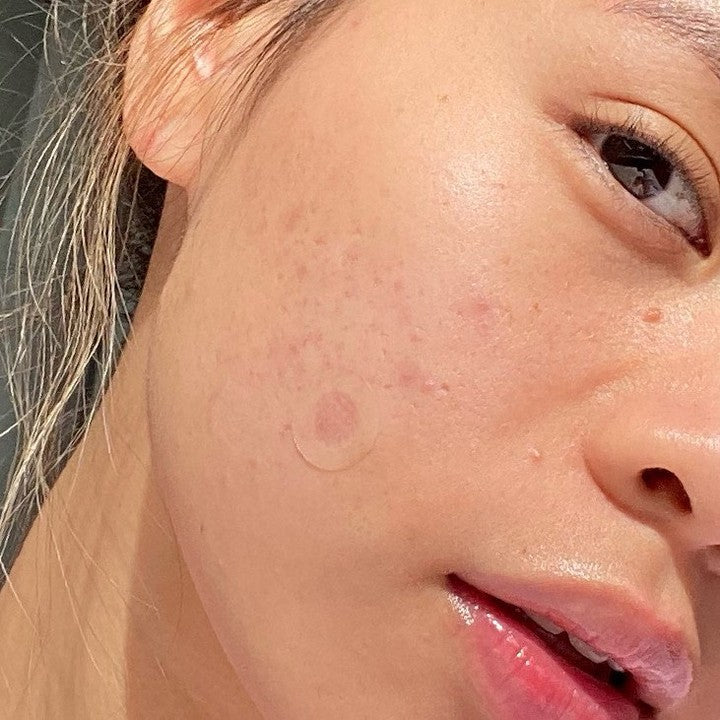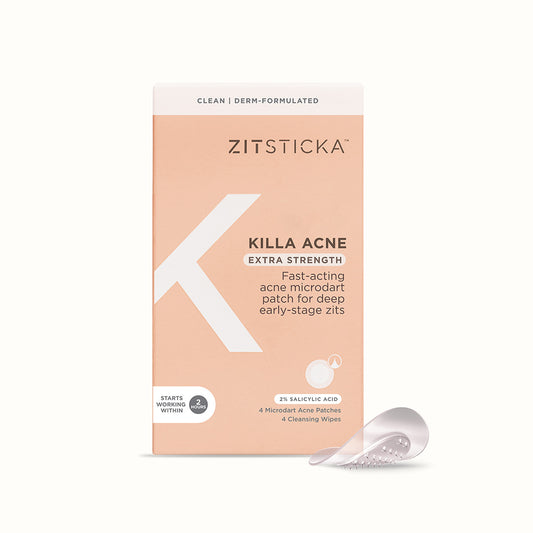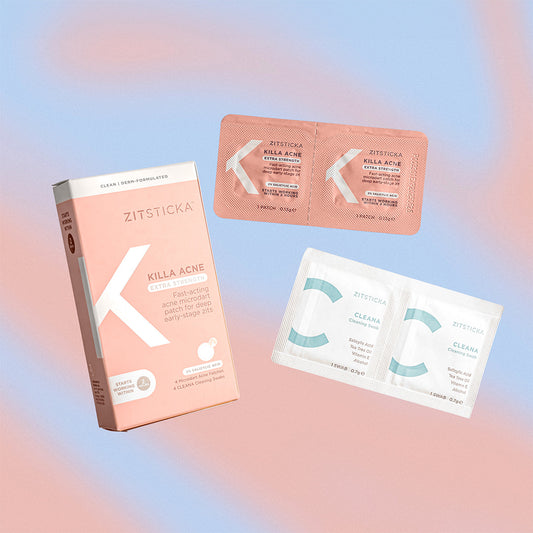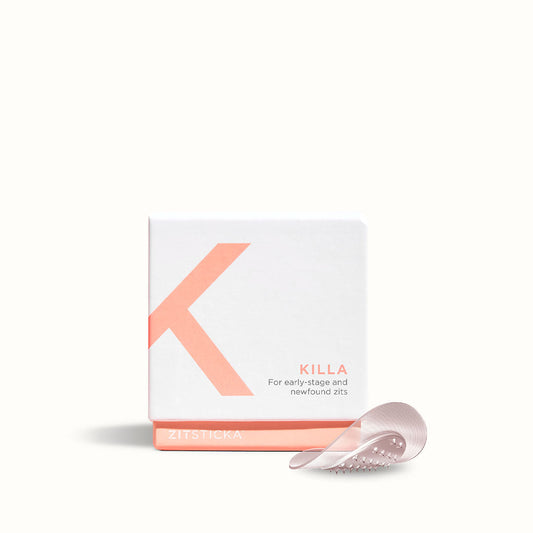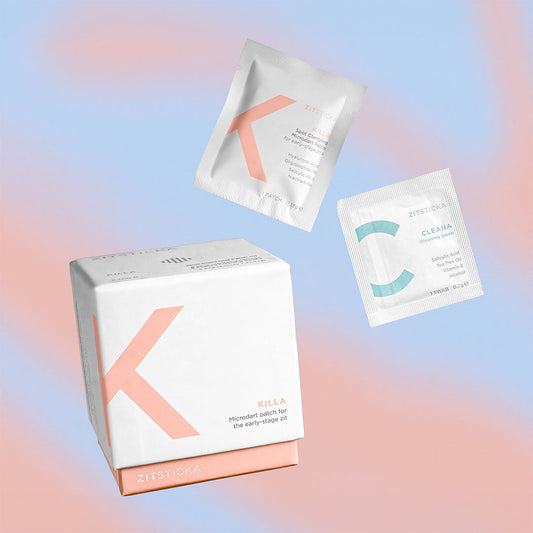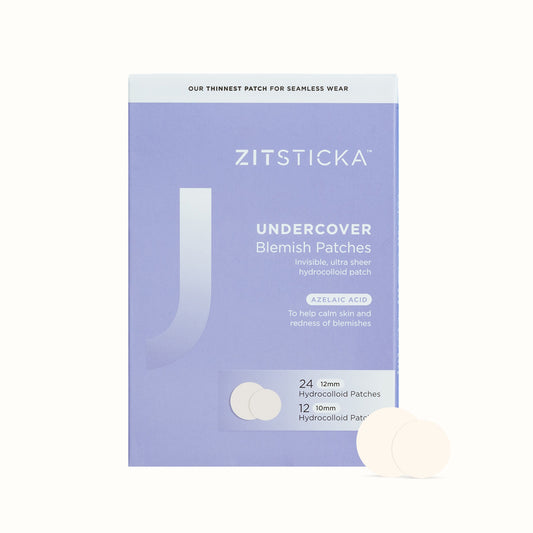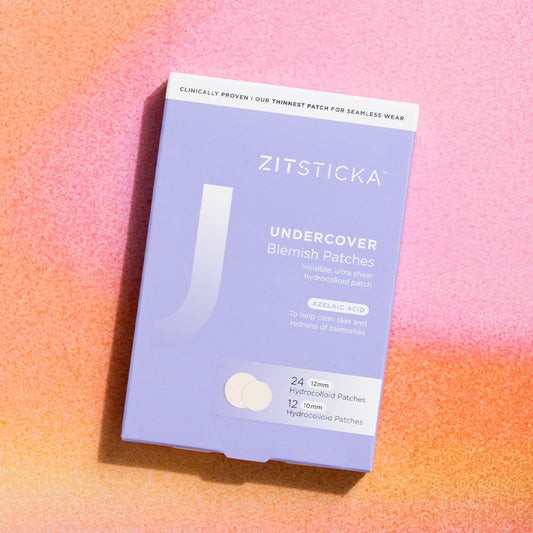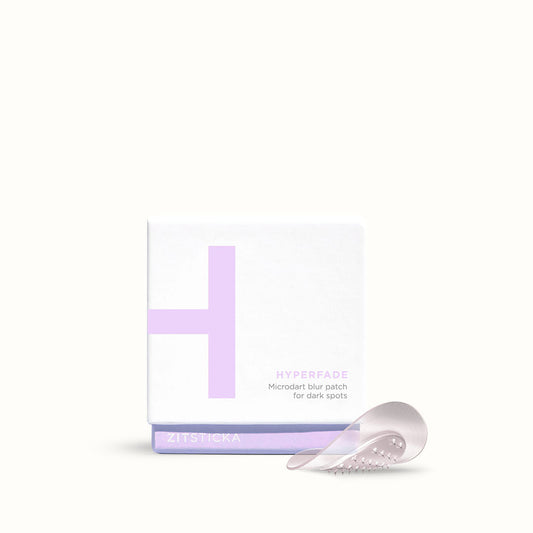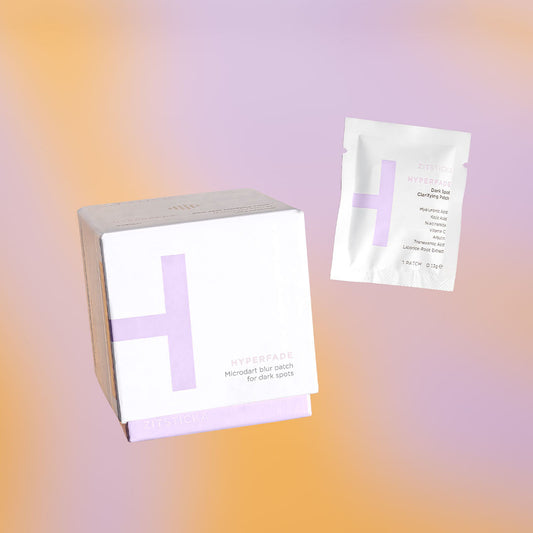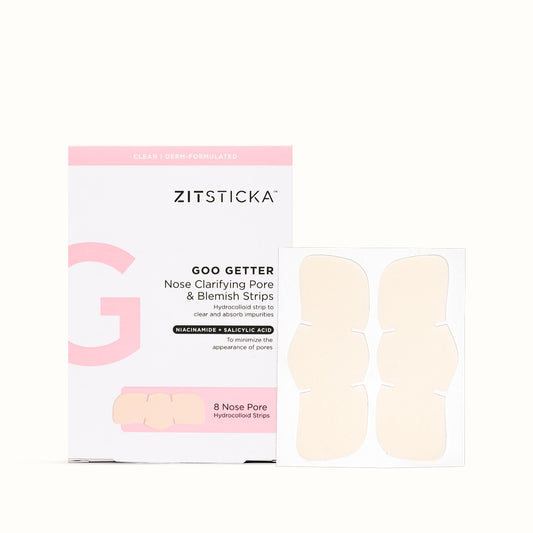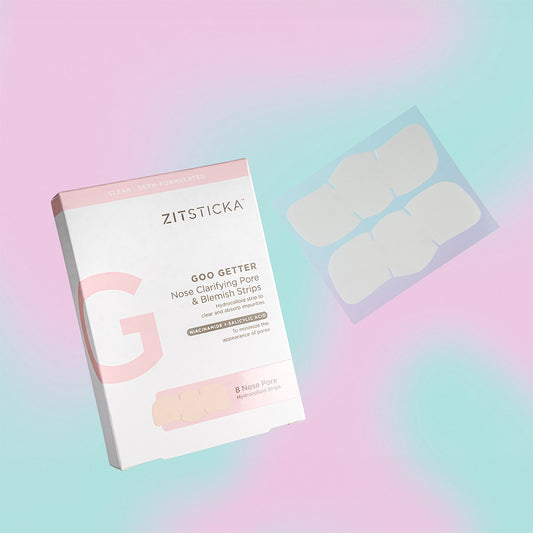So you're sitting in front of your mirror irritated, exhausted, annoyed, and inflamed. You wonder, “Is this the year I’ll have clearer skin?”. “How could I be using so many products and still be breaking out?”. Fret not, my friends! There are reasons for this phenomenon we call acne. These reasons have explanations. And, those explanations have solutions; be them treatments and/or preventions. In this article, I have written a guide — nay, your guide—to acne: What it is, what it means, and how to tackle it.
Let’s start from the beginning! There are two types of zits: noninflammatory and inflammatory.
Noninflammatory breakouts tend not to be painful, cause swelling, or redness. These are typically found in acne-prone skin, though not exclusively. However, they can become typical pimples if bacteria can invade the zit.
Noninflammatory breakouts consist of:
Whiteheads
Whiteheads present as a collective bumpy surface. They consist of small, white, or flesh-colored spots that have a light center and surrounding redness. Sometimes hair can emerge from the center or appear trapped within the zit. Though they can appear chronically, they often do not cause scarring. They are the result of oil and skin cells trapped deep within the hair follicle.
Blackheads
They are small, dark, or black-colored appearing spots that may be slightly raised. The surrounding skin of the pimple may appear normal colored while the center is quite dark. Though it is worth noting that although the deepness in color may seem like the result of debris trapped in the surface, they are actually the same as whiteheads with opened and deepened centers. When the inner whitehead is oxygenated (or exposed to air) they darken.
In my days in retail, I found that this issue was incredibly prevalent, but not for the reason you might think… Apparently, it's generally not the severity of these pimples that tend to bother people, but the mere annoyance of their presence. And, after hours of pondering and consideration, I TOTALLY get it. Those are the days where you have near-perfectly glowy skin, and then you go to take one last look and notice that irritatingly present bumpy texture. Those are the days when you work hard to exfoliate, moisture, hydrate, prep, and prime, only to witness all of your hard work has been reduced to a single moment of patchy, speckled foundation on your nose! And when those are the days you’ve just about had it, remember you have tools at your disposal courtesy of your friend, Ty, and homies at ZitSticka.
In these areas, exfoliants should be your go-to (in addition to hydration). Take ZitSticka’s wonder mask PRESS REFRESH: Salicylic acid (a BHA) penetrates the pores deeply, taking care of all of the oil and grime that gets pushed to the center of these pimples. Glycolic Acid (an AHA) tames the bumpiness working in tangent with Lactic Acid (also an AHA, but slightly different) to boost the integrity of your moisture barrier and also brightening! Because the process can be a little irritating to the skin, ZitSticka bundled this exfoliation effect with Niacinamide (a soothing agent), Hyaluronic Acid for hydration, and Allantoin - skin replenisher, hydrator, elasticity encourager, skin savior.
And, in essence, it becomes a balancing act. You want to keep your skin healthy with a good skincare routine that cleanses efficiently, exfoliates deep enough, moisturizes and hydrates accordingly, and protects you from the elements including sun damage. You don’t want to agitate these conditions by incorrect product use, use of the wrong ingredients, or worse: Picking! All of these irritations (most importantly picking at them), can lead to complications like moderate to severe inflammatory acne bumps, scarring, dark spots, and pitting.
Inflammatory acne development, especially, is generally more painful and inflamed. This type can also lead to scarring, dark spots, and pitting if incorrectly treated.
The next form of acne are those bumps that usually occupy most of our time. They are the bumps that we can help but look stare at and pick at any given moment. They are the bumps that are sometimes honking red, sometimes gross and white, sometimes super painful, and if irritated can lead to scarring, hyperpigmentation, and even some possible pitting.
The milder forms are pre-pimples and pimples...
Pre-pimples
Pre-pimples are little bumps under the surface of the skin with no visible center. They tend to be solid, raised, tender, and pink to pinkish-red. The skin around this type is usually slightly swollen and often pinkish-red to red. These develop into comedones (whiteheads or blackheads) when it becomes inflamed from irritation and/or trauma.
(Our favorite) Pimples
Typically much larger and more irritated than whiteheads, these bad boys have pinkish-red surrounding tissue and tend to be larger, tender bumps with a defined center. The center is filled with whitish to yellowish pus (dead immune cells and bacteria cells).
I know. I know. These spots are probably the most tempting to pick at, but there is no upside to worsening the irritation already occurring. If particularly irritated apply a warm compress or cloth to the bump for 10-15 minutes. Once you’ve called the area down, you can utilize BHAs like the Salicylic acid and Tea Tree oil in GOO GETTER for the smaller pimples. For the big boys, you’ll find the Microdart action of KILLA patches along with the BHAs in both the Microdart AND the soaked CLEANA Swabs will definitely lighten your load.
As for the more painful bumps...
Dermal lumps
Dermal lumps are located under the skin. They are inflamed, hard-feeling, painful lumps that tend to look larger and deeper than pre-pimples and pimples. When exacerbated, they tend to cause dark spots and scarring.
Deep Dermal Lumps
Deep dermal lumps are similar to dermal lumps, but they tend to be very large. They have red or white appearance and are found deeply within the skin. They also tend to be filled with pus. Improper treatment can lead to scarring, infection, and even recurrence.
Unfortunately, there is no recommended at-home treatment for these inflammatory bumps due to the severity. Talk to your doctor about the best options to treat these spots.
Do you know the key differences between a hormonal zit and a superficial zit? Click here to brush up on your pimple particulars.
